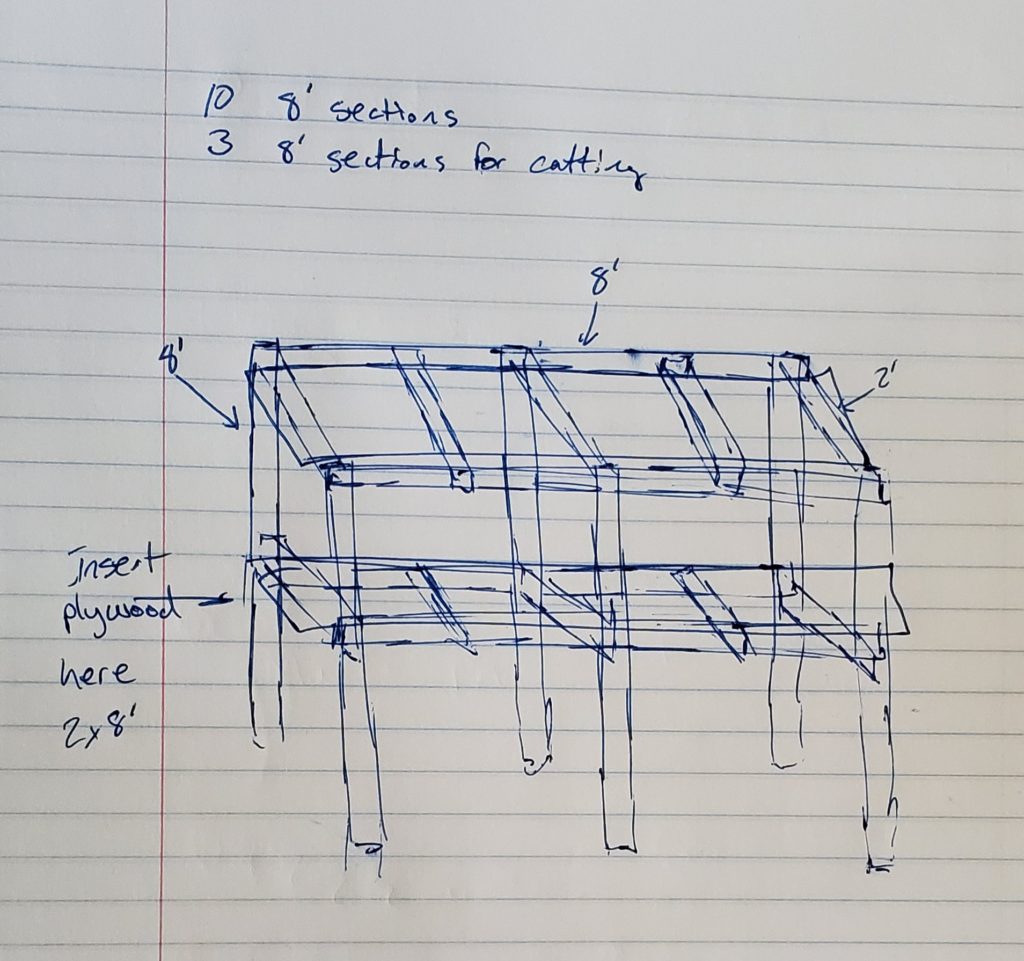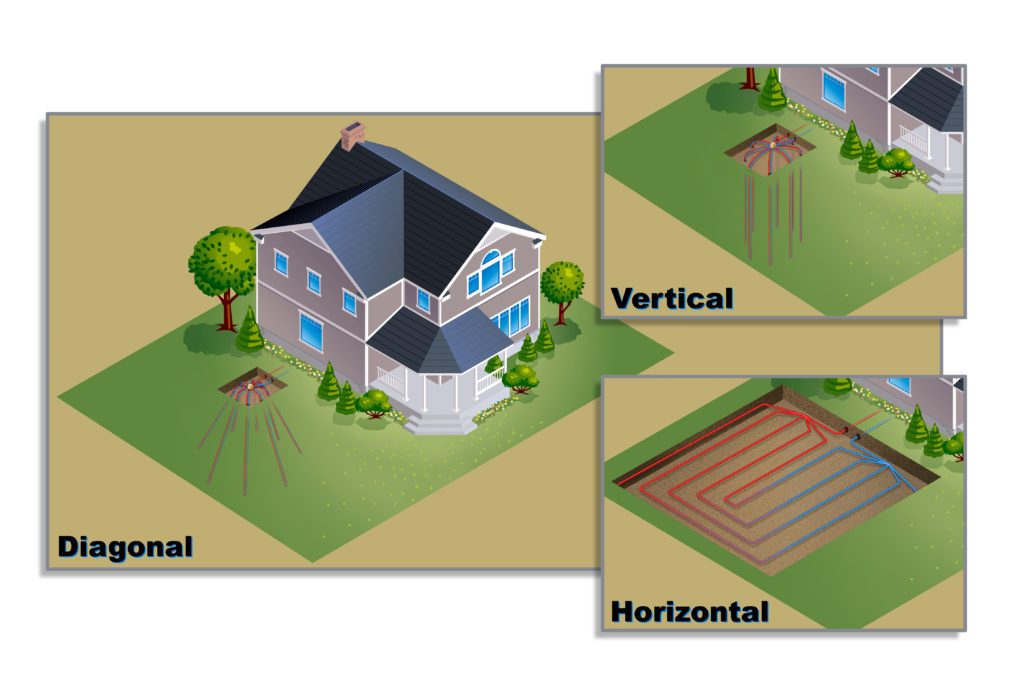I have decided to build my own storage shelves today. Let’s see how it turns out. Here is the sketch.

A website dedicated to doing things smarter, not harder!
I have decided to build my own storage shelves today. Let’s see how it turns out. Here is the sketch.

I was realizing today how much more time we have during lunch breaks if we use what we have in the fridge for a quick meal. For example, this weekend I used a crockpot for some delicious adobe style chicken which fed the family a great dinner on Sunday. On the flip side, we were left with about a pound of chicken in leftovers. I simply wrapped those in a tortilla for a quick lunch yesterday and wrapped 2 up for a late-night dinner tonight. The amount of time saved by having such a quick meal was great! I got to spend more time with my 4 year old at lunch after she returned from preschool and I got to spend some extra family time with the kids this evening by opting for a delayed burrito wrap with the leftovers after the little SNHers were in bed.
The savings is two-fold too! Not only do we gain the time, but also save on our food costs. We are nearly at crisis level with how much food we (Americans) throw out in the trash each year. According to this article (https://www.marketwatch.com/story/this-is-why-americans-throw-out-165-billion-in-food-every-year-2016-07-22) we waste about 40% of our food! That is simply astonishing considering how much we pay for that food. In my household, our food budget is about 30% of our monthly spending.
The more we eat our leftovers, the more we do for our food system, our time and our wallets! Have a good night.
Greetings SNH’ers,
‘Going Green’ seems to be a topic on a lot of minds lately. I have always been fond of using the available energy we have to maximize the comfort in our homes and maximize the long term dollar in our pocket. This is the geothermal heating and cooling article!
There has been a lot of focus on Solar lately as groups like Enphase build smart charge controllers for your panels, solar panel costs are coming down, installation is getting easier and there are many tax-advantaged incentives for installing solar in your home.
I don’t often see much regarding tapping into the huge thermodynamic heat bath we have sitting right under our houses! Most geothermal heat pumps for homes have nearly double the lifespan of modern heating and cooling equipment according to many manufacturers, but it also takes significantly less power to operate a geothermal heat pump than it does to run other traditional heating like forced air with an electric heat pump or an electric baseboard system.
Geothermal installation may be suited better to new buildings as piping must run either vertically or extend horizontally from the base of your home into the heat battery of the earth. Older homes may require additional costs to retrofit as additional work in the slab may be necessary. The heating and cooling potential for your specific climate does change, but all areas across the United States see a benefit. According to Energyhomes.org, the payback period is between 2 and 10 years. A system that requires vertical duct-work deep beneath your home will have more labor associated than a system installed with a horizontal trench.

So if you are interested in learning more, I would check out energyhomes.org and talk to a local supplier of geothermal installations. Not only will you have a system that uses 40-60% less energy than a traditional HVAC solution, it also helps you sleep better night knowing you made a change that has a lower environmental impact in terms of fossil fuel generation from the electric company and it will give you money back in your wallet to put towards your retirement!
You can watch a great video here:
https://video.nationalgeographic.com/video/00000144-0a29-d3cb-a96c-7b2d99240000
Have a good night!
If you ever looked at the detailed economics of growing a few plants for their harvest, you might want to be careful about your purchase. With the Florida move now complete, I thought it would be great to get in on the March strawberry haul and grow about 10 plants myself. The Florida strawberry season sets plants in October and harvests between February and March, so it was a perfect time to get a quote. At $2.95 per plant at the local garden center I started to think about the average haul from each plant. Usually, it is about a pint or so.
Locally, the in season Florida strawberries usually host prices between $1.50 and $2.50 per pint when in season. At $2.95 a plant, I can’t justify buying the plant for the potential yield. While I love gardening for the excitement of great quality fruits and vegetables, I like to ensure that it is worth my dollar. It really is disappointing. Unfortunately, in Florida, the strawberry is grown as an annual and dies out fully during the summer months, so I really can’t re-populate through division or suckers. If anybody is out there who knows a bit more on this or other resources in the space coast for local varieties that are under the threshold per plant, please leave a comment as I would like to get the cost under control to make it worth growing strawberries. The 3 little snhers can’t get enough of them.